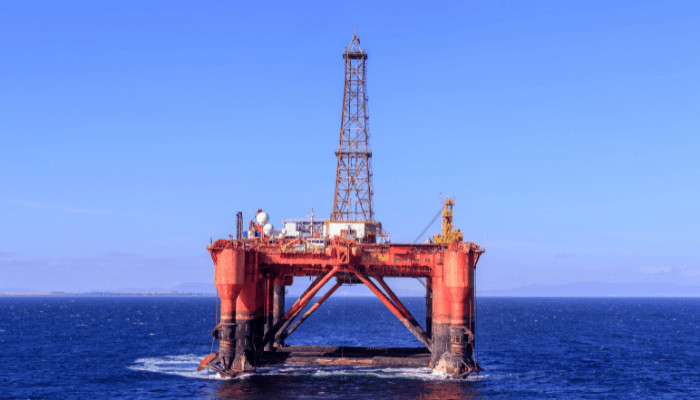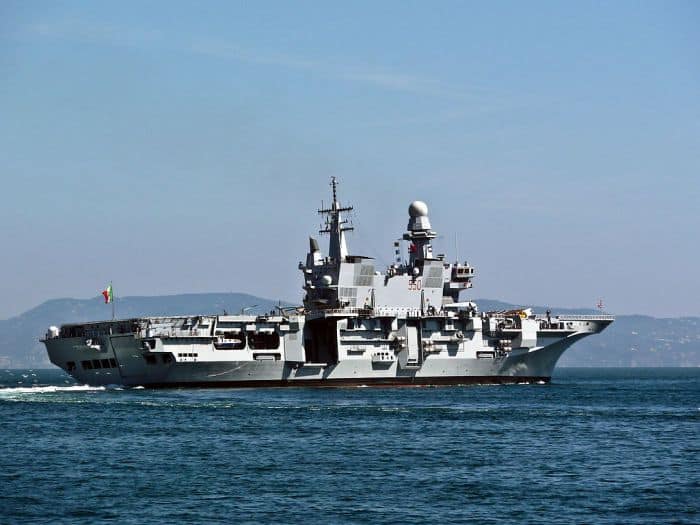Semi-Submersible Ships and Semi-Submersible Rigs: A General Overview
Semi-submersible vessel is majorly used in marine operations carried out in the high seas like oil drilling and production platforms for oil. In addition, Semi submersible ships are also used as heavy duty cranes. The features and the highlights of the semi-submersible ships and the semi-submersible rigs can be explained in detail in the article.
Construction and Development of a Semi-submersible Vessel:
The semi-submersible vessel was developed because of the need for vessels that could stay afloat and carry out their required functions in the high seas amidst the constant movement of the waves.

- The concept of a semi-submersible vessel emerged towards the early 21st century. According to many sources, Shell Company’s Bruce Collipp is regarded as the pioneer and creator of these big ships. But it is also said at the same time that the idea behind the semi-submersibles was that of Edward Robert Armstrong, who utilised the theory of landing planes in sea platforms supported by ballast tanks in a columnar form
- At first, semi-submersible rigs were designed only to be used in shallow waters. Such rigs could be used in water levels up to 30 metres. But later on as the need was felt for rigs which could be operated in more depths, the invention of the marine equipment developed and widened
- The first recognised and acknowledged semi-submersible vessel was the one launched by the Blue Water Drilling Company in the year 1961. The name of the rig was the Blue Water Rig No. 1. Another semi-submersible rig was launched in the year 1963 and by 1972, the offshore marine operations had about 30 semi-submersible rigs operating
How they work?
- In simple terms, the semi-submersible vessel is supported by way of pontoons which are located under the water surface. Over the submersed pontoons, there are steel columns which provide support to the semi-submersible vessel
- The pontoons are ballasted which means that it becomes easy for the big ships to achieve submersion and buoyancy easily. Also in case the vessel has to move from the deeper depths of the offshore areas to the shallow areas, by pushing out the water from the ballast tanks, the vessel height can be adjusted
- The anchoring of the semi-submersible vessel is provided by way of anchors attached to cables and wires in a set of 6 to 12
- Since the operating area of the semi-submersible rigs are located quite high from the submersible pontoons, there is no danger of the big ships collapsing into the water
One of the most important advantages of a semi-submersible ship is that it helps to haul seemingly large cargo. The cargo carrying area of the semi-submersible ship is submersed under the water with the help of the ballast tanks. After the cargo is fully loaded into the loading area, the loading area (deck) is raised once again out of the water and the semi-submersible ship along with its cargo makes its journey to the specified destination.

With the help of marine technology like the semi-submersible vessel, a lot of marine operations are carried out with the least amount of problems. This is the most important factor that makes these vessels indispensable in important marine operations.
You may also like to read-Jack Up Drilling Rigs & The Flip Ship
References: fogonazos, marin
Do you have info to share with us ? Suggest a correction
Latest Type Of Ships Articles You Would Like:
Subscribe To Our Newsletters
By subscribing, you agree to our Privacy Policy and may receive occasional deal communications; you can unsubscribe anytime.
















Dear Sir/Madame
I am mechanical crane operator at sparrows, I have 19 years offshore experience in lifting operations and have knowledge in mechanical, and hydraulic systems, I am looking for vacancies in your organization.